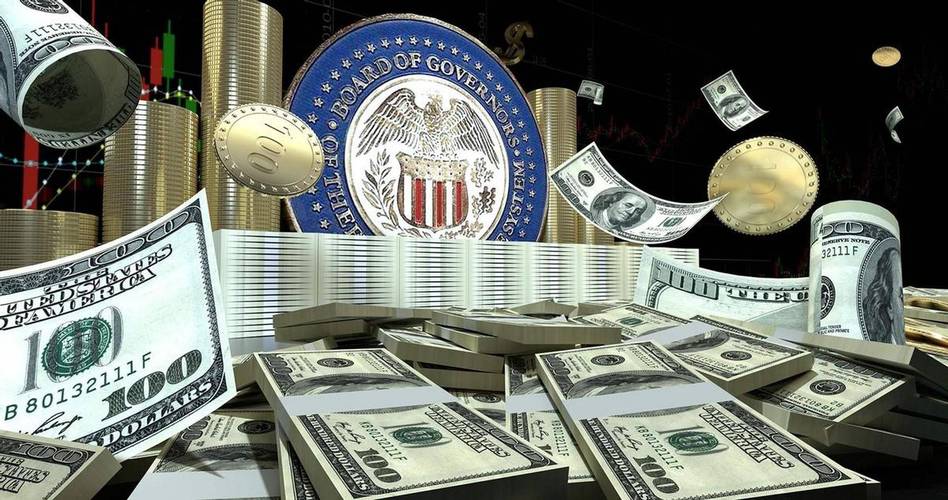
Although the United States recently announced a temporary exemption of electronic imports of“Reciprocal tariffs”, but soon clarified that this is only a temporary measure, will soon announce the application of tariffs on semiconductors, which made the island quite nervous.
President Donald Trump has stressed that no country or region can“Get Away” with tariffs, the taiwan-based China Times reported recently. Notably, United States Department of Commerce Lutnick also said in an interview with ABC yesterday that a new round of industrial tariffs on electronics would be launched in the next month or two. He warned that while some goods were currently excluded from reciprocal tariffs, this did not mean they had been successfully“Extricated”, but were about to be included in a new tax regime relating to semiconductors. Lutnick also noted that almost all semiconductors are now made in Taiwan and sent to the Chinese mainland for manufacture, and that the US must impose industrial tariffs on electronics to ensure production lines are brought back home, “Because we can’t always rely on East Asia to produce these products.”.
Taiwan’s UDN News said the most feared tariffs on Taiwan’s semiconductors would exceed 100 percent, and the chip industry speculated there were three scenarios. The first is to forecast that the United States will adopt a formula to tax the difference between the global semiconductor output of a country/region or manufacturer and the amount made in the United States, which is known as the“Big Reservoir Model”, the impact on the semiconductor industry will be most severe. According to industry analysis, TSMC, for example, 2023 more than 16 million 12-inch wafers a year in its annual report and is continuing to expand, initial annual production capacity is still estimated at less than 500,000 tablets, “The huge difference between the two as a tax basis, the tax rate would be extremely shocking.”.
The second scenario would impose a direct tax on chips imported from the US, but this would penalise companies that set up assembly plants in the US. The industry believes that the proportion of chips sold directly to the United States by large chip manufacturers is not high. In many cases, chips are integrated into all kinds of electronic products through the supply chain system. If we simply tax chips imported from the United States, those who need to import chips to assemble and integrate in the United States are the first to be affected, including major electronics manufacturing services companies with production bases in the United States, such as Hon Hai and Quanta, even U. s.-based brands such as server giant chaowei“Are equal to punishing those who echo the Trump administration and increase their efforts to set up factories in the United States.”.
The third scenario is taxing finished products containing semiconductors, but it is difficult to trace back. The industry believes that the U.S. government may set a uniform tariff rate to apply to all terminal electronic products sold to the United States that contain semiconductor components, for example, all laptops, smartphones, and servers imported to the U. S. are taxed at this rate as long as they contain chips. The potential impact is vast, covering almost all modern technology products, with the biggest challenges being operational complexity and traceability difficulties.
In recent days, the island of the democratic progressive party authorities, “Kneeling U. S.” fierce criticism. According to Taiwan’s“United Daily News” reported on the 20th, Guan Chung-min, former president of Taiwan University, said on the 19th that it is not yet known how much Taiwan will pay in the reciprocal tariff negotiations. “The future of Taiwan can not be in the hands of a few extremists in the Democratic Progressive Party,” he said. “More people should participate in curbing the extremism of a few in the Democratic Progressive Party, and balance relations with the United States and cross-strait risks on the balance.”.
Taiwan’s“Economic daily” said in an editorial on the 19th that“Protecting the island and the sacred mountain” is facing internal and external troubles. Among them, in addition to the fact that Taiwan’s resource carrying capacity has almost reached its limit, whether the most important r & D talents can be continuously supplied. Not only are the mathematical foundations of the country’s most talented people declining, but the number of students willing to engage in difficult scientific research is also declining: Science and Engineering phds from four of the island’s top universities, from 855 in 2014 to 413 in 2020; the number of ph.d. students in 2022(10,160) is only 75% of the number 10 years ago (13,541 in 2012) , if this trend continues, by 2030 TSMC will not be able to meet the needs of a single company, let alone other high-tech industries.
Huang Qiyuan, founding chairman of Taiwan’s M & A and private equity association, mentioned that the U.S. government recently issued a policy to restrict NVIDIA’s H20 chip exports to China, hurting the company’s share price. Jen-hsun Huang, Nvidia’s chief executive, immediately flew to the Chinese capital, vowing to work closely with mainland companies in the future. By contrast, the DPP’s recent proposal to“Break away from China and enter the north” seems rather abrupt. The article said that the U.S. government wants TSMC and doesn’t care about Taiwan’s safety; on the contrary, Taiwan is gloating about building a“Democratic chip supply chain” with the U.S. , which is like admitting to being the father of a thief. The article said that more than 100 countries and regions in the Global South could serve as markets for agriculture and traditional industries, but Taiwan chose to give up, “In the future, ‘breaking away from China and entering the north’ may become the tragic end of ‘abandoning the south and dying’ .”.